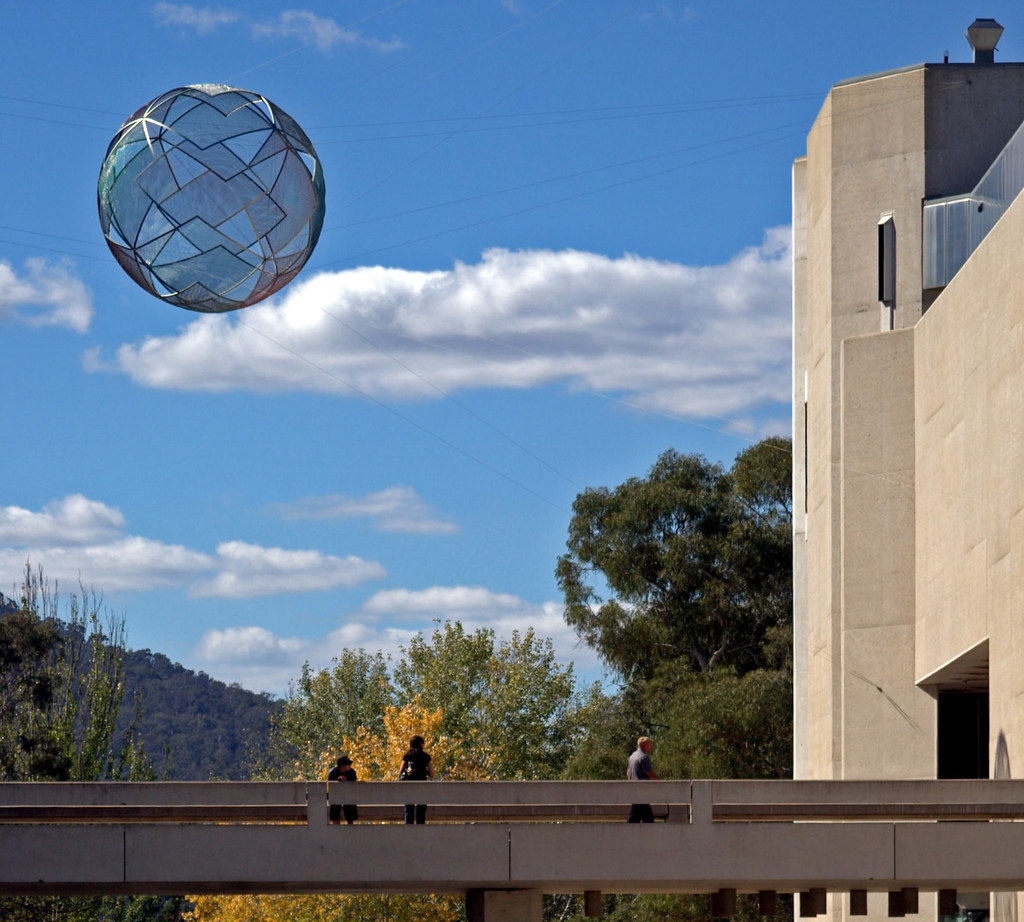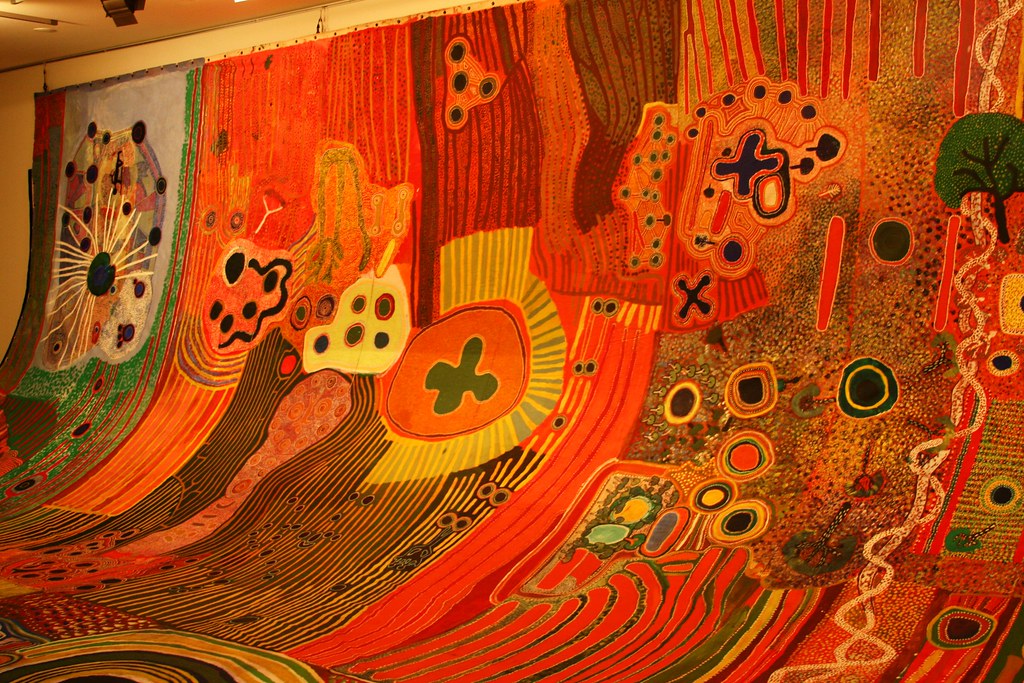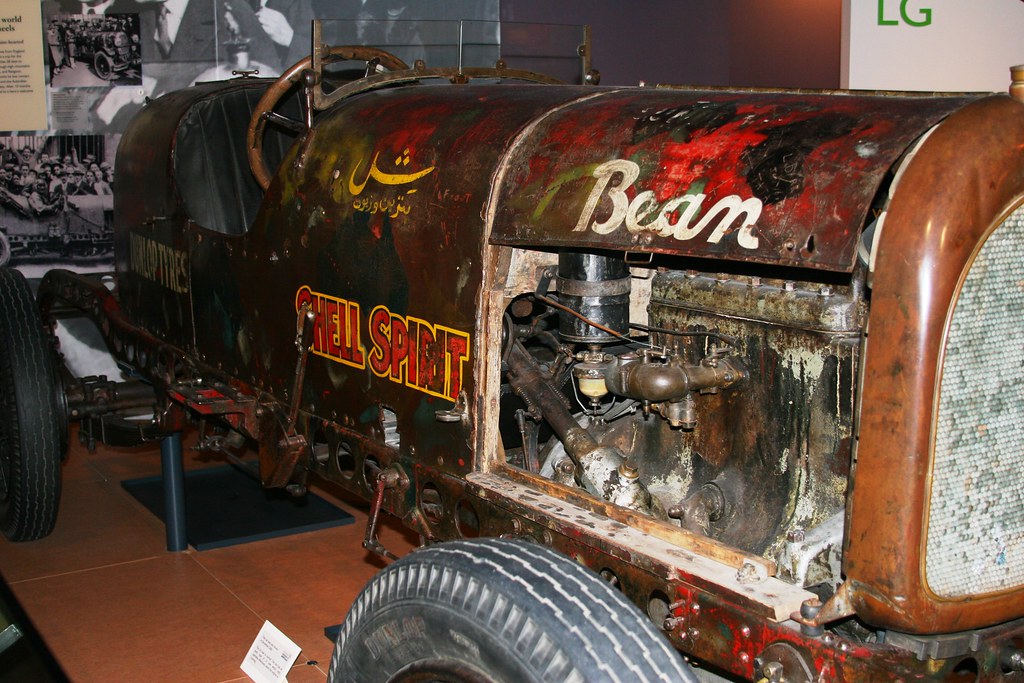 Probably the most controversial art purchase by any Australian Federal Government occurred in 1974 when the Whitlam Government bought Jackson Pollock’s Number 11, 1952. Known to Australians as Blue Poles, the painting is an abstract masterpiece to the art world but as one wag said, ‘It looks like the painters drop cloth.’ Originally hung in Parliament House, it languished in obscurity for many years until transferred to the National Gallery of Australia. Pollock’s paintings are frequently unnamed and unexplained by the artist, leaving us to interpret their meaning within our own experience. I have heard guides describe Blue Poles as bamboo or sail masts waving in a storm, and either could be right. For me, the mish mash of colour is pleasing to the eye but evokes little feeling or inspiration, perhaps I have no eye for this art form. Visitors to Canberra can judge for themselves, Blue Poles greets visitors as they enter the main galleries.
Probably the most controversial art purchase by any Australian Federal Government occurred in 1974 when the Whitlam Government bought Jackson Pollock’s Number 11, 1952. Known to Australians as Blue Poles, the painting is an abstract masterpiece to the art world but as one wag said, ‘It looks like the painters drop cloth.’ Originally hung in Parliament House, it languished in obscurity for many years until transferred to the National Gallery of Australia. Pollock’s paintings are frequently unnamed and unexplained by the artist, leaving us to interpret their meaning within our own experience. I have heard guides describe Blue Poles as bamboo or sail masts waving in a storm, and either could be right. For me, the mish mash of colour is pleasing to the eye but evokes little feeling or inspiration, perhaps I have no eye for this art form. Visitors to Canberra can judge for themselves, Blue Poles greets visitors as they enter the main galleries.
Throughout the gallery, you will find paintings and sculptures by Australia’s most celebrated artists, from the classic landscapes of Arthur Streeton to the modern brilliance of Brett Whiteley. A large collection of Sidney Nolan’s Ned Kelly series is displayed with the quotes that inspired each painting. These iconic images represent a special place in Australian art history and whether you love or hate Ned Kelly, his story is woven into the Australian consciousness. Nolan’s interpretation appears sympathetic to the bushranger but I think it shows the struggle between imperfect law enforcement and principled lawlessness. Neither side is perfect nor absolutely at fault, they both just stumbled through the events to their inevitable end.
Entry to the National Gallery is free except for some special exhibitions like the current ‘Turner to Monet: the triumph of landscape‘ exhibition. It also hosts regular free talks and lectures to enhance your appreciation of the art in the galleries. Bookings are essential, either by email or phone. Look at the National Gallery website for a list of future events. For locals, membership provides you with discounts, a quarterly magazine (artonview) and invitations to Members-only events, a reasonable return for your yearly $50 investment (families $60, discounts for concession holders).
Next in this series, we take a tour of the Australian War Memorial as Australians and New Zealanders prepare to remember the fallen on ANZAC Day.





